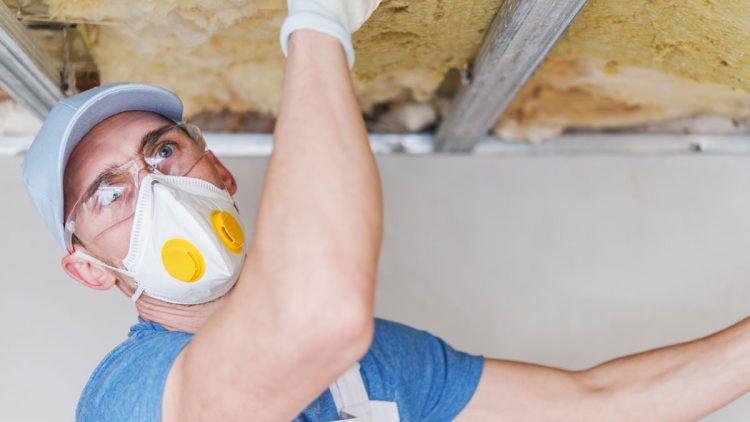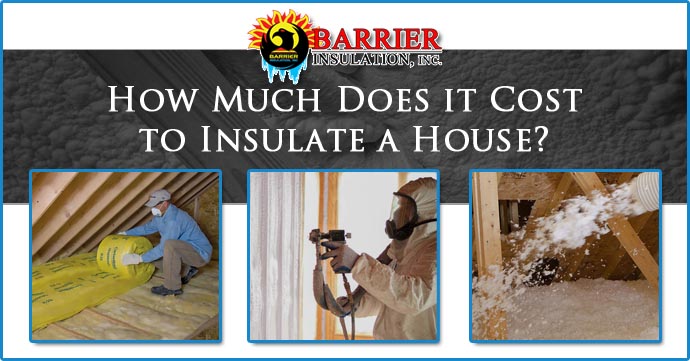Attic Insulation Removal Costs 2022
The average cost of attic insulation removal is $2,500. The cost range for attic insulation removal is around $1,000 while larger or more involved jobs with extra personal safety protection can cost $4,000 or more. The cost for insulation removal depends on how big an attic you have and how much insulation is installed. Call us to receive a quote for insulation removal in your attic or home in the Phoenix Valley.
The first step is finding out how much insulation removal will cost is to see if you have any asbestos in your attic or home. Professionals can test your insulation to check for asbestos or vermiculite, which almost always has some level of asbestos. Asbestos is a highly dangerous insulation type that was installed in homes built in the 1970’s. It will cost more to remove your insulation if you have asbestos but it will ensure that your home is safer and won’t cause health problems.
Do I Need Insulation Removal?
Attic insulation removal is one of the most common places homeowners need. While exterior walls need to have quality insulation the attic is the primary barrier from heat in your home during the summer. If you have old blown in insulation, fiberglass insulation, damaged, or old insulation it needs to be removed and replaced. We will professionally and carefully remove your old attic insulation and offer you today’s best attic insulation options. From the high performance spray foam insulation option to radiant barriers and cellulose insulation we will find the best fit for your needs and budget.
Insulation Removal Due to Breakdown
Given the extreme heat we experience here in Phoenix, our roofing and insulation materials are put to the test. Given time, the materials wear down and aren’t as effective as they once were. Broken down insulation needs to be first removed and then replaced.
Insulation Removal Due to Sagging or Collapsed Ceilings
There are times, due to different reasons, that the structure of the building itself might begin to sag or entirely collapse. Clearly, in this situation, the insulation needs to be removed and replaced.
Insulation Removal Due to Smoke Damage
If you’ve had a fire in your home, the smoke from it can go into your attic and permeate your insulation with that terrible smoky odor. No one needs a reminder of such a traumatic event.
Insulation Removal for Upgraded Modern Insulation
If you’ve got old insulation or just a less effective insulation type, it can be removed and a more energy saving modern insulation solution can be installed in your attic and walls.
Insulation Removal Due to Infestation Contamination
Another risk is the possibility of animal infestation. Things like rats, mice, birds and even raccoons can find their way into attics. In addition to chewing wires, they leave their excrement and urine in the attic and in the insulation. Leaving insulation that has been contaminated with either mold or excrement/urine can cause respiratory and other serious problems. We safely and completely remove this ruined insulation to make way for improved indoor air quality, new effective insulation in your home.
Insulation Removal Due to Water Damage
If your roof has been damaged by a storm, or a branch has fallen on it, water can be getting in. When that water sits on your insulation it causes mold. If that mold is left unattended it causes air quality problems and can cause serious health problems. Stachybotrys is a type of mold that can exist in attics and on insulation. This mold is very common according to the CDC and can cause a variety of conditions, from mild eye and lung irritation to more serious conditions like fever and shortness of breath.
Schedule Your Insulation Services Today!
Whether you are building a new house, or just need to remove the old insulation and install a newer more energy efficient option Barrier Insulation is Phoenix’s first choice in home and commercial insulation. We proudly provide the valley’s more comprehensive insulation service that helps you stay more comfortable and save on energy. Click here to schedule on our website, or just give us a call at 602-499-2922.
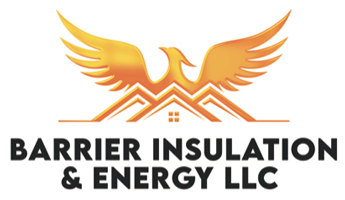
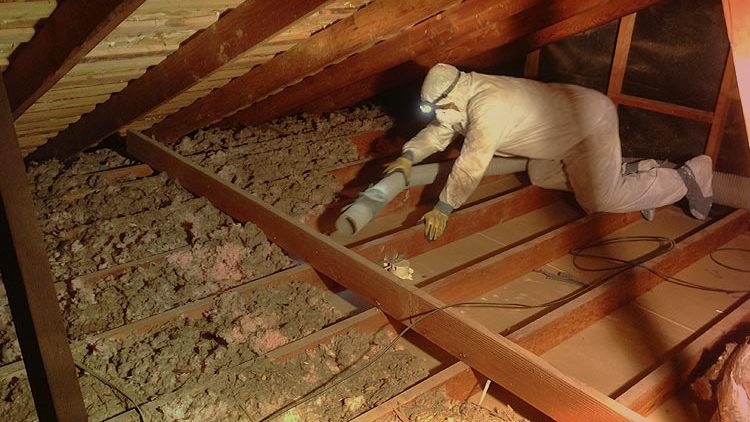
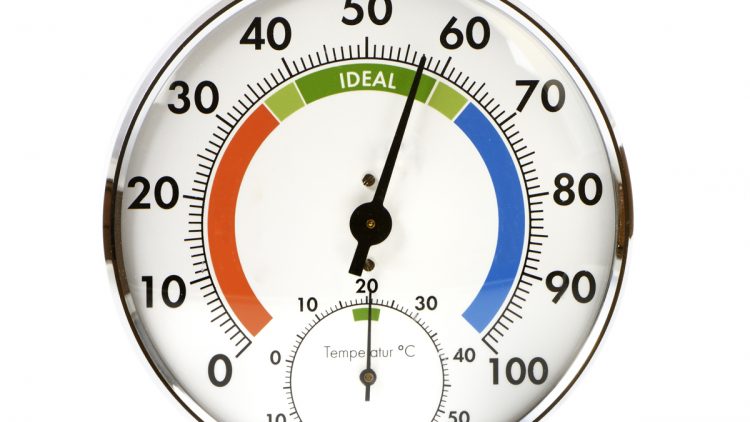
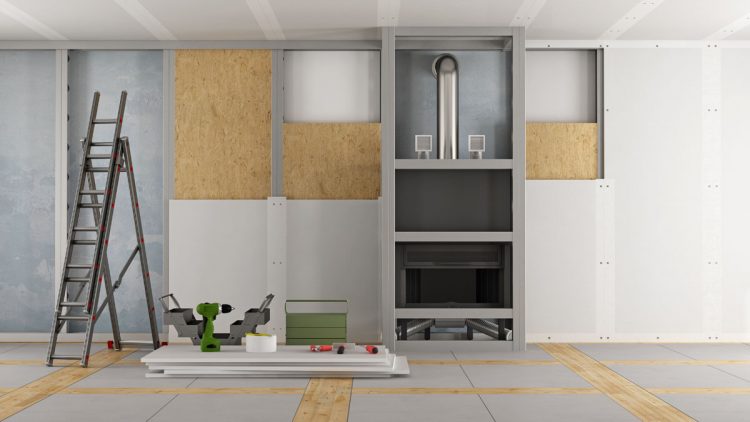
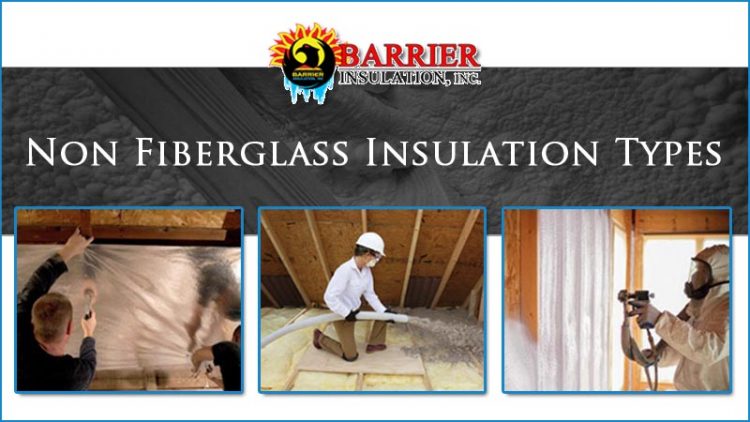




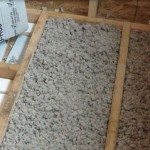 Cellulose Insulation is comprised of nontoxic and recycled treated cardboard or newspaper, provides excellent insulation for your business or home, and costs less to install than cotton. When cellulose came out, it wasn’t that popular with homeowners because they feared that the cellulose would invite mold and critters into their home. Although, with advances in nontoxic chemicals, this type of insulation is better protected and is now flame resistant.
Cellulose Insulation is comprised of nontoxic and recycled treated cardboard or newspaper, provides excellent insulation for your business or home, and costs less to install than cotton. When cellulose came out, it wasn’t that popular with homeowners because they feared that the cellulose would invite mold and critters into their home. Although, with advances in nontoxic chemicals, this type of insulation is better protected and is now flame resistant.

